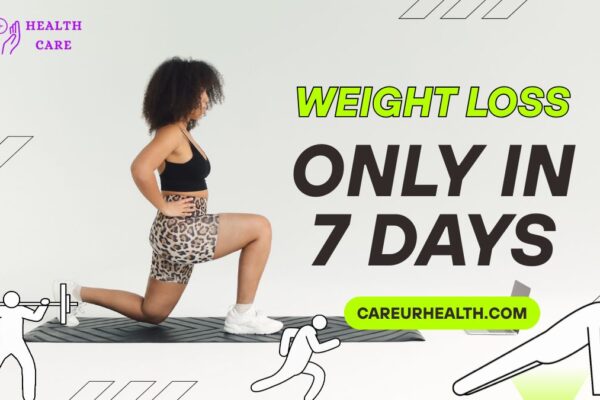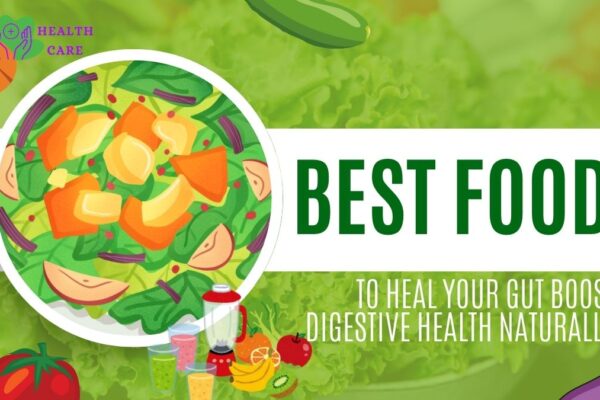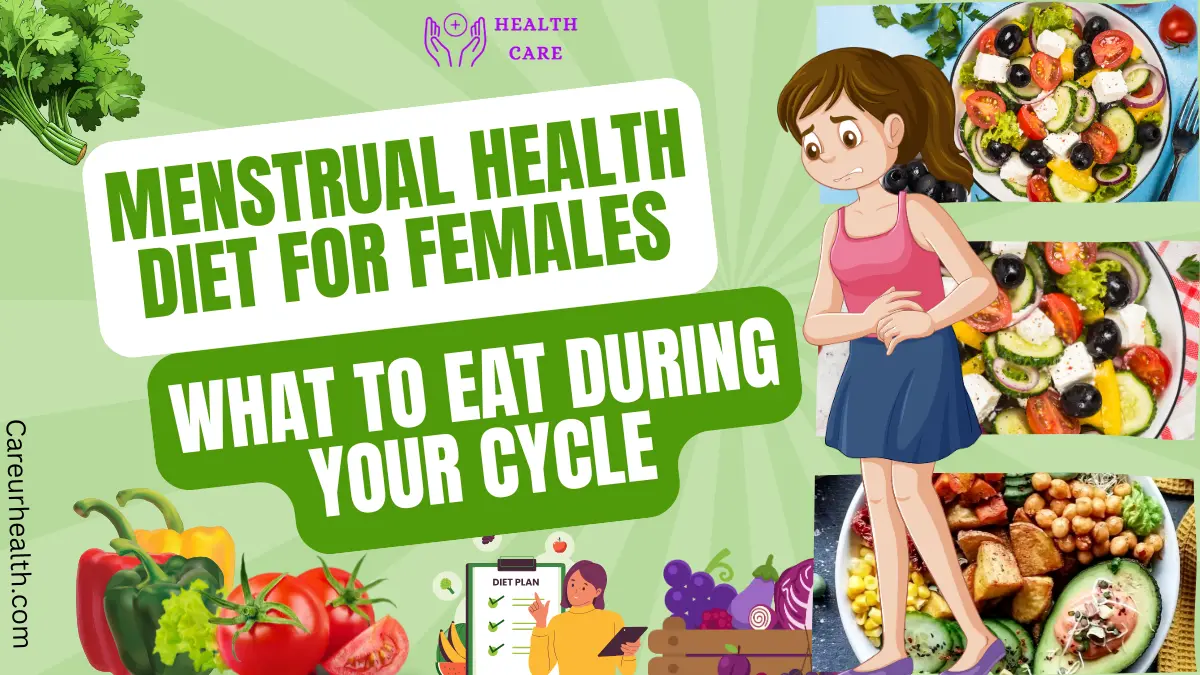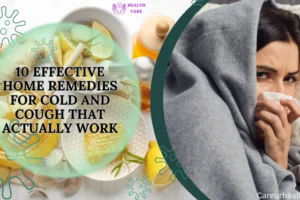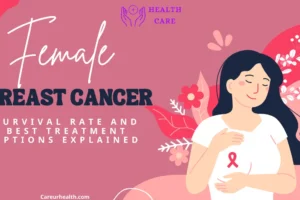The monthly visitor—periods may bring a rollercoaster of emotions and bodily discomfort. Fear not, however, because the secret to a smoother ride is in your kitchen. You can’t wish them away. All you can do is manage them the best way you can. In this blog, we will discover a secret weapon: the right foods. From calming cramps to mood-boosting, we’ll delve into a thoughtfully selected list of foods that can make your period days easier and even enjoyable. Bid farewell to those unwanted cravings and welcome a happier, healthier menstrual cycle with the power of nutrition. Lets know about menstrual health diet for females.
How can menstruation impact me?
• There is blood and iron loss. You might feel tired and dizzy easily.
• Uterine contractions can lead to menstrual cramps.
• You will undergo changes before the onset of menstruation as a result of the effect of hormonal change.
•You might be moody or easily frustrated.
•You might develop bloating, diarrhea and nausea.
Why diet is necessary during the period?
Diet becomes necessary during the menstrual period because of the following reasons:
Control of Symptoms: There are some foods that can minimize typical menstrual symptoms like cramping, bloating, tiredness, and mood swings. Having a balanced nutrient-dense diet can minimize these symptoms and lead to overall improved well-being during menstruation. It is important to have menstrual health diet for females.
Balancing Hormones: Hormonal fluctuations occur throughout the menstrual cycle, and certain nutrients play a role in hormone production and regulation. Eating a diet that supports hormone balance, including foods rich in omega-3 fatty acids, vitamins, minerals, and antioxidants, can help mitigate hormonal imbalances and reduce symptoms associated with PMS (premenstrual syndrome).
Energy Support: Menstruation may cause fatigue and reduced energy levels on some occasions. A well-balanced diet offering sufficient calories, carbohydrates, proteins, and fats can ensure good energy levels and overall vitality throughout menstruation.
Supporting Blood Loss: Menstruation is the loss of blood and iron. Consuming foods that are high in iron, like leafy green vegetables, lean meat, beans, and fortified cereal, will replace iron stores and avert iron deficiency anemia, prevalent among menstruating women.
Nutrients required during Menstruation
Vitamins E, D, B1 & B6
Vitamins are essential. The question is, which ones?
Vitamin E is a must-have during periods. It is an antioxidant that enhances circulation and fights the dryness of the skin. It is a great nutrient that alleviates period pain and maintains menstrual blood flow. Add egg yolk, pumpkin and chia seeds, and avocado more to your diet plan for a healthier cycle. Must include this menstrual health diet for females.
Vitamins also facilitate the intake of other nutrients. For example, proteins are a nutritious food but difficult to digest. Vitamin B1 and B6 facilitate protein metabolism and alleviate PMS symptoms such as pain, cramping and mood swings. Potatoes, oats, bananas, fish, meat, peanuts merit a vitamin-infused platter, ideal for normal periods.
If you find yourself in a state of raised mood disturbance or are subjected to muscle pain more than usual, be careful of the consumption of vitamin D3 through your diet. A natural regulator of mood and muscle, it facilitates balancing of pain and periods. Foods containing vitamin D3 are egg yolks, cheese, spinach and fish meat.
Calcium
An adequate calcium intake is advised for individuals of all age groups and both genders. But for women, calcium consumption is essential on a regular basis for hormonal balance.Must include this menstrual health diet for females.
Irregular periods are caused by calcium deficiency and alternating oestrogen levels. It also worsens pain and premenstrual symptoms.
Think of upping your calcium rich food intake such as green leafy vegetables, sesame seeds and beans. Another calcium supplement also aids in maintaining essential levels, but it is advisable to consult a doctor before initiating any.
Iron & Protein
Menstrual discharge and symptoms has a toll on women’s health. While iron deficiency might make you appear pale, a lower level of energy in your body is an immediate sign of protein deficiency.Must include this menstrual health diet for females.
Both iron and protein are vital for a healthy period cycle. It is important to include natural sources of iron and protein in your diet. Refill your pantry with chickpeas, lentils, pumpkin seeds, chicken, veggies, fruits, wheat and beef for a power packed diet plan.
The changing hormone level also has an impact on the ovaries and its smallest blood vessels, leading to weak circulation and destruction. It is recommended that flax seeds and chia seeds should be added to your diet because these are sources of omega-3 fatty acids and offer greater circulation and hormone balance.
Magnesium
Cycles and sugar cravings go hand in hand. Not everyone but the majority of women experience sugar cravings like chocolates during cycles. Well, that’s no norm.Must include this menstrual health diet for females.
Magnesium influences your blood sugars and when it is short in number than needed, your body gets cravings for sugars. Tofu and beans are rich in magnesium whereas peanut is a healthy alternative to other sugary foods in the event of cravings.
While sweets are delicious on buds and instant energy providers, a higher consumption can make you feel drowsy when the level returns to normal.
Also, be cautious about magnesium level of intake because excessive magnesium consumption can lead to laxative properties.
Good food for Menstruation
Fruit
Fruit, such as watermelon, is high in water and fiber, which could help alleviate symptoms of your period and keep you hydrated during your cycle. Foods high in fiber prevent constipation and keep the digestive tract moving.Must include this menstrual health diet for females.
Studies demonstrate that consuming a vegetarian diet heavy in fruits and vegetables can contribute to fewer cramps and less stomach pain during your period.3
Leafy Greens
Leafy greens such as spinach and kale are high in fiber, iron, and calcium. If you have very heavy periods, it is essential to eat foods that contain iron. Low iron can lead to fatigue, aches, and pains.Must include this menstrual health diet for females.
Ginger
Ginger has anti-inflammatory properties, which can help alleviate premenstrual syndrome (PMS) and period symptoms.5 A study indicates that the consumption of ginger can enhance the physical and mental symptoms of PMS.6 Prepare a cup of ginger tea or have a ginger supplement before and during your period.Must include this menstrual health diet for females.
Chicken
Chicken is high in iron and protein. Consumption of protein-containing food during the time of periods could decrease craving for food because you will be satiated longer, and mood as well as depression will increase.Must include this menstrual health diet for females.
Fish
Fish is high in protein, iron, and omega-3 fatty acids, which will enhance mood as well as depressions. For individuals suffering from mood swings, depressions, or anxieties before or even during the period, it is beneficial.Must include this menstrual health diet for females.
Dark Chocolate
The iron and magnesium found in dark chocolate can enhance menstrual cramps. Individuals who have low levels of magnesium are at higher risk of PMS symptoms such as headache, bloating, and cramps.Must include this menstrual health diet for females.
Turmeric
Turmeric is a spice with anti-inflammatory effects. Turmeric’s key compound is curcumin. Studies revealed that the consumption of curcumin prior to your period can enhance PMS symptoms such as bloating and cramping.Must include this menstrual health diet for females.
Nuts
Similar to fish, nuts have a high concentration of omega-3 fatty acids and protein.8 Nuts also have vitamins and minerals such as magnesium. Try adding nuts to your diet before and throughout your period.Must include this menstrual health diet for females.
Flaxseed Oil
Omega-3 fatty acids are present in flaxseeds, which can alleviate period pain, and flaxseed oil can alleviate constipation. It is not unusual to have gastrointestinal symptoms such as constipation and diarrhea during your period.Must include this menstrual health diet for females.
Whole Grains
Whole grains are an excellent option during your menstruation as they offer sustained energy and stabilize blood sugar levels. They are good sources of fiber, which may aid digestion and ease bloating. Whole grains also have valuable vitamins and minerals, including B vitamins and magnesium, which can ease menstrual cramps.Must include this menstrual health diet for females.
Lentils and Beans
Beans and lentils have iron and protein to enhance period pain. A diet that is high in protein can make you feel fuller for longer and cut down on cravings for sugary foods. Must include this menstrual health diet for females.
Yogurt
Most yogurts contain probiotics, live bacteria, and yeasts that are known to enhance digestive health and gut well-being. Having probiotics prior to and at the time of your period could ease pain and enhance mood.Must include this menstrual health diet for females.
Quinoa
Quinoa is a good source of protein and has nine of the essential amino acids. An increase in protein intake can enhance food cravings both before and during your period. Quinoa also has iron and magnesium to help alleviate symptoms such as headache and tiredness.Must include this menstrual health diet for females.
Besides quinoa, other whole grains are brown rice, whole wheat, farro, and oats.
Do you need to take period supplements?
“This is a case-by-case scenario,” Dr. McClure says.
“Some women are lacking in vitamin D or perhaps they don’t typically eat well so they don’t receive a lot of their B-complex vitamins. In such instances, supplements can be useful. There have been some studies with women who tend to develop premenstrual mood disorders, and they discovered that vitamin B6 supplements can actually improve a little bit.”. But there is still much research to be conducted on supplementation for periods.
Need Sample Weekly menstrual health diet for females.
In Menstrual Phase (Day 1-5)
Take Oatmeal with some chia seeds, some banana, andsome almond butter in Breakfast.
Take Lentil soup with green spinach and whole-grain bread in lunch.
Take Grilled salmon, some quinoa, some roasted vegetables in Dinner.
Take Dark chocolate square and herbal tea in snack.
In Follicular Phase (Day 6-13)
Take Scrambled eggs and avocado toast in Breakfast.
Take Chicken salad with some mixed greens and some citrus vinaigrette in lunch.
Take some Stir-fried tofu with broccoli and brown rice in Dinner.
In Ovulation Phase (Day 14)
In Breakfast take some Smoothie with kale, some banana, some chia seeds, and flax milk
In Lunch take Grilled turkey wrap with hummus and veggies
In Dinner take Baked sweet potatoes with black beans and salsa
In Snack take Trail mix with pumpkin seeds
During Luteal Phase (Day 15-28)
In Breakfast take Whole grain pancakes with some almond butter.
In Lunch take Quinoa bowl with roasted chickpeas, avocado, and greens.
In Dinner take Baked tofu with some mashed sweet potatoes.
In Snack take Carrot sticks with some hummus.
Conclusion
In summary, irregular periods are a prevalent issue for most women and can result from a multitude of reasons, including hormonal imbalance, stress, weight fluctuations, and some medical conditions. By embracing healthy lifestyle practices, such as regular physical activity, healthy diet including whole foods, and stress management, you can regulate your menstrual cycle and enhance your general health.
Foods like leafy greens, whole grains, berries, nuts and seeds, legumes, fatty fish, cruciferous vegetables, ginger, flaxseeds, avocado, fermented foods, and dark chocolate can also regulate hormones and are best foods for irregular periods. If you have irregular periods, it is crucial to consult your gynecologist to identify the cause and get proper treatment.
Frequently Asked Questions ( FAQs)
- Can foods really alleviate menstrual cramps?
Yes, some foods that are high in magnesium (such as bananas and dark chocolate), omega-3 fatty acids (such as salmon and chia seeds), and anti-inflammatory foods (such as berries and leafy greens) can actually alleviate menstrual cramps.
2. What foods shouldn’t I be eating when I’m on my period?
Avoid salty foods (which produce bloating), caffeine (which exacerbate cramps), sweet foods (which trigger mood swings), and junk food when you are menstruating.
3. How can I combat tiredness during menstruation on diet?
Consume iron foods like spinach, lentils, and red meat to reverse the loss of iron caused by bleeding, and also add foods with high vitamin C like oranges and strawberries to enable the absorption of iron.
4. Is it okay to crave junk food during PMS, and what can I do?
Yes, hormonal fluctuations naturally bring on cravings for carbohydrates and sweets. Have healthier options such as whole grains, dark chocolate, fruits, and complex carbohydrates to relieve cravings without exacerbating PMS symptoms.
5. Will a bad diet bring on irregular periods?
Yes. Excessive intake of processed foods, insufficient intake of essential nutrients, or extreme restriction of diet can also interfere with hormonal balance and cause irregular cycles.
6. Are there foods that regulate menstrual cycles?
Fiber-rich foods (such as oats and beans), healthy fats (such as avocado and nuts), and phytoestrogens (such as flaxseeds and soy foods) regulate menstrual cycles as well as hormonal balance.
7. Do I need to drink more water during menstruation?
Yes. Being properly hydrated reduces bloating, inhibits water retention, and sustains energy levels during menstruation.


